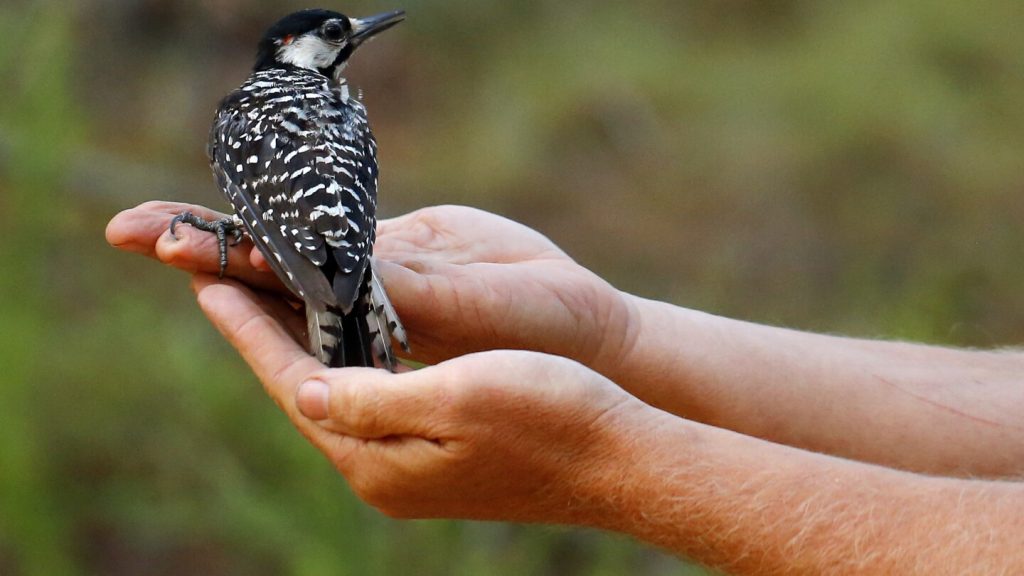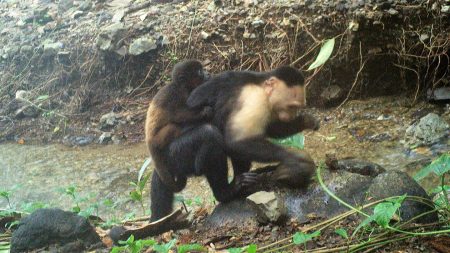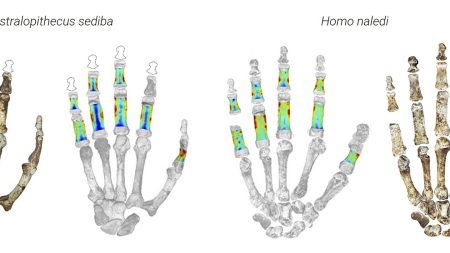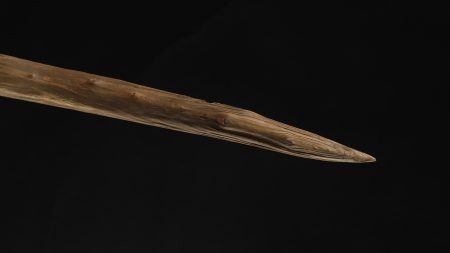The red-cockaded woodpecker, a notable species found in southeastern forests, has recently been downgraded from endangered to threatened status by the U.S. Fish and Wildlife Service. Interior Secretary Deb Haaland heralded this change as a significant step in the ongoing commitment to preserving biodiversity in the United States. Population statistics reveal a stark recovery: during the 1970s, red-cockaded woodpecker numbers dropped to a mere 1,470 clusters, while current estimates indicate a thriving population of approximately 7,800 clusters. This species is unique in its communal nesting habits, as described by Will Harlan from the Center for Biological Diversity, with nests typically clustered in single trees and birds remaining together as family units.
Historically, red-cockaded woodpeckers have very specific habitat requirements; they inhabit mature longleaf pine forests, creating nests in cavities of living trees that are partially hollowed by a fungus. These forests used to stretch across a substantial portion of the Atlantic and Gulf coastal regions, but human activities such as logging and development have severely diminished this habitat, leaving only about 3% of the original longleaf pine forests intact. This dramatic reduction has had severe implications for the woodpecker’s survival and highlights the importance of habitat conservation.
The red-cockaded woodpecker was among the first species to be designated as endangered in the United States after the enactment of the Endangered Species Act in 1973. Since then, the concerted efforts in habitat restoration and protection—both on public and private lands—have played a crucial role in the species’ recovery. Additionally, strategies to relocate birds from areas with healthy populations to other forests have been instrumental in reestablishing stable populations across their historical range. Georgetown ecologist Emily Williams noted that the recent downlisting is a testament to effective conservation measures yet cautioned that continuous vigilance is necessary to ensure the species’ ongoing success.
Despite the positive progress, regulations protecting the red-cockaded woodpecker remain in place, prohibiting actions that could harm the birds or their habitats. However, the change in status creates potential avenues for exceptions to these protections, raising concerns among conservationists. Ramona McGee from the Southern Environmental Law Center warned that prematurely easing protective measures could jeopardize the achievements made thus far in conserving this species. She emphasized that there remains a considerable distance to cover before the red-cockaded woodpecker can be declared fully recovered.
The journey of the red-cockaded woodpecker encapsulates a broader narrative about wildlife conservation in the United States. The species serves as a poignant reminder of the vital balance between development and environmental stewardship. While the downlisting indicates a hopeful trajectory for recovery, it also underscores the challenges still to be faced. Maintaining and enhancing the remaining suitable habitat is paramount to ensuring the long-term survival of the red-cockaded woodpecker, and further collaboration among agencies, conservationists, and the public is essential in this endeavor.
In conclusion, the red-cockaded woodpecker’s transition from endangered to threatened reflects not only the success of past conservation initiatives but also the ongoing need for proactive measures to safeguard its future. As habitat loss and environmental pressures continue to pose risks to many species, the situation of the red-cockaded woodpecker serves as a critical case study in the importance of habitat protection, restoration efforts, and the vigilance required to maintain biodiversity in an ever-evolving landscape. The story of this remarkable bird highlights the complexity and interdependencies within ecosystems, emphasizing the imperative for continued commitment to conservation efforts.










